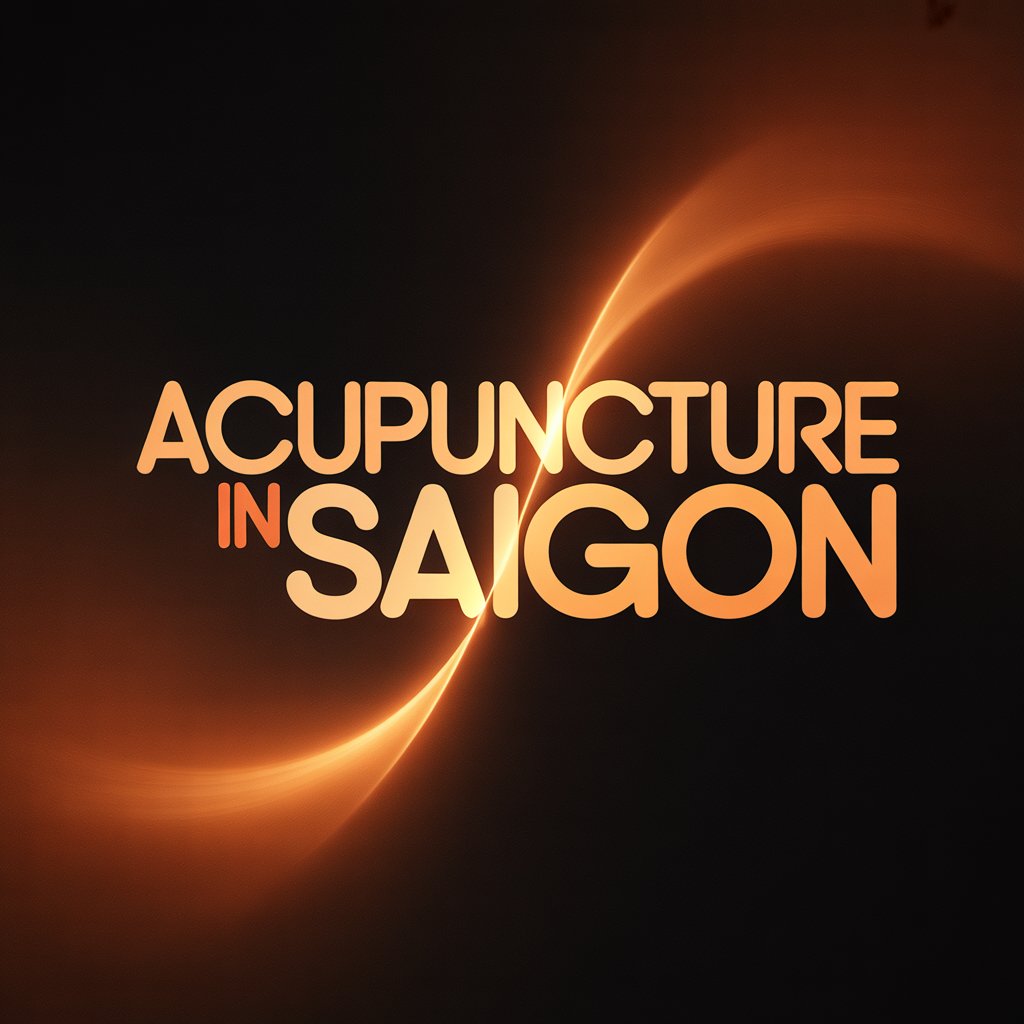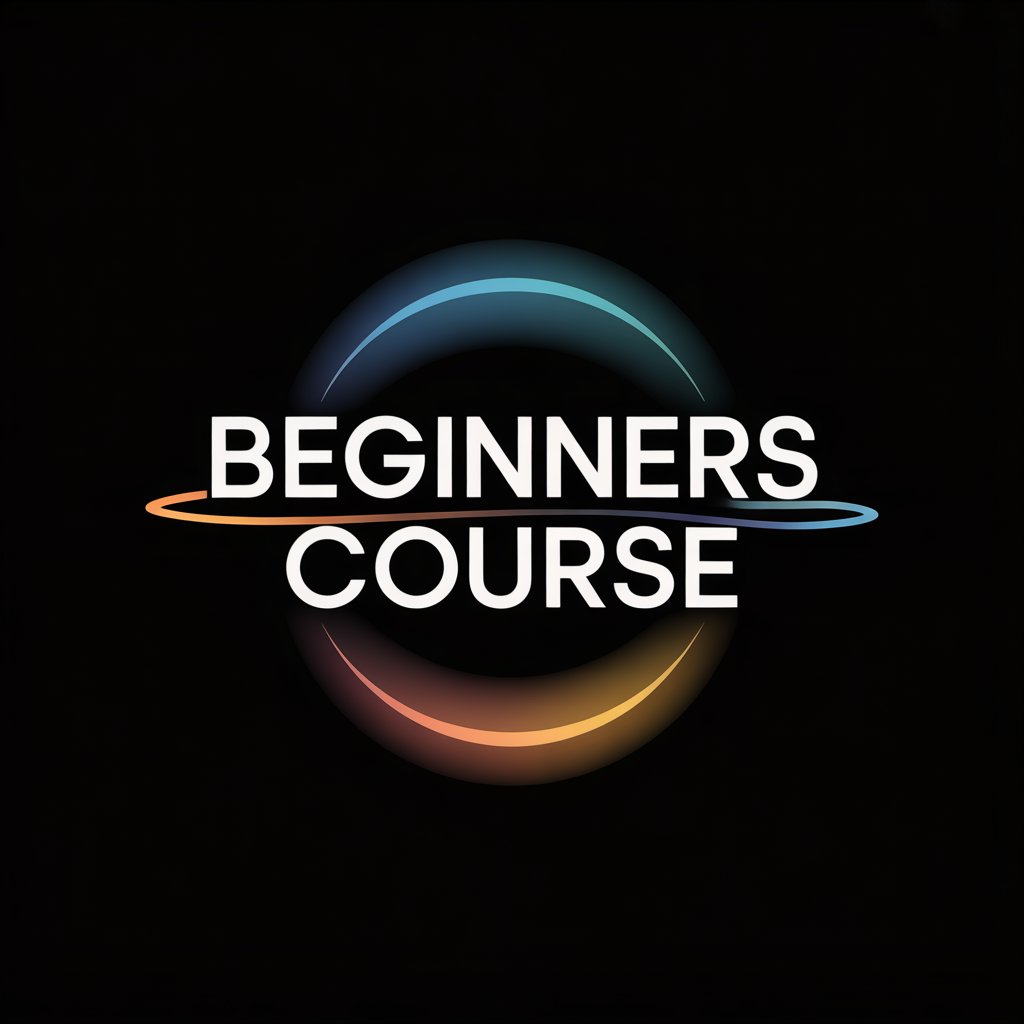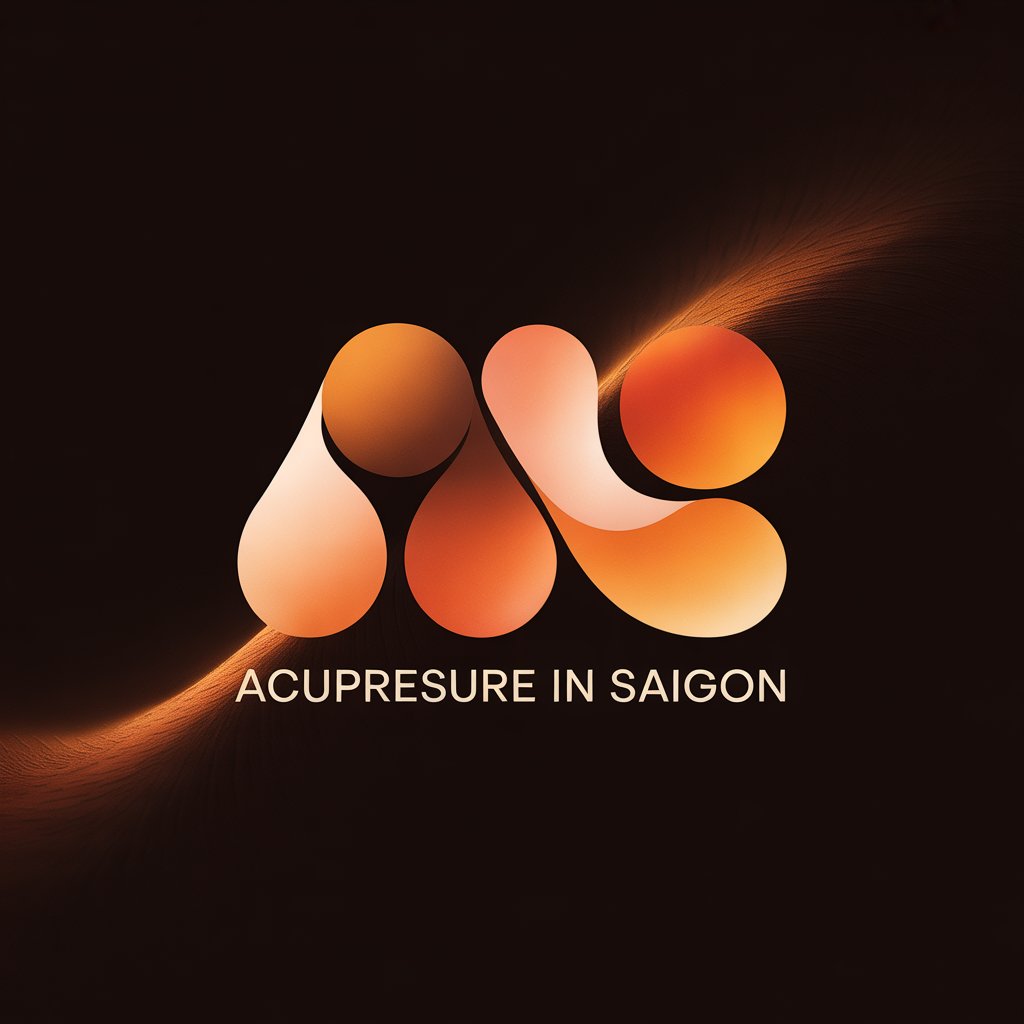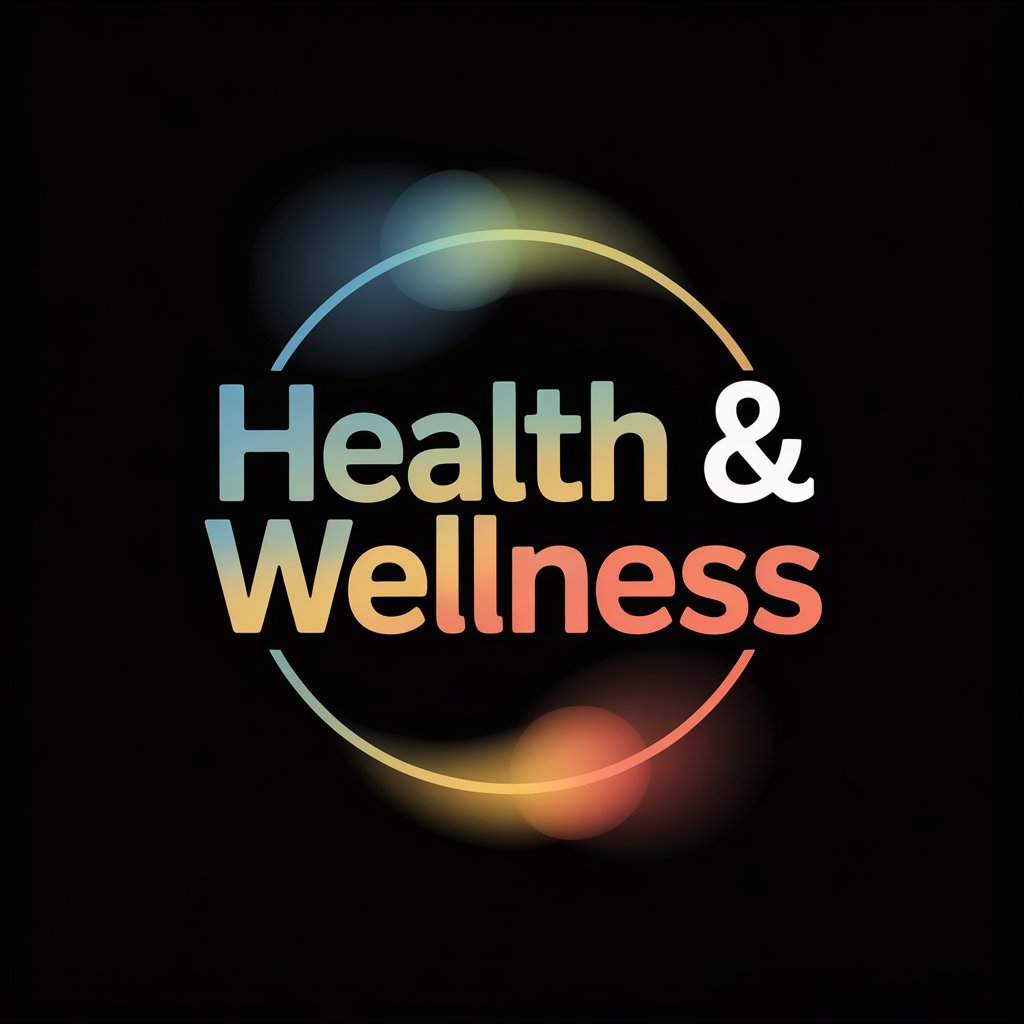Integrative acupressure for holistic health

Integrating acupressure into a holistic health approach means viewing it not as a standalone treatment but as a complementary practice that works in synergy with other lifestyle choices and therapies to support overall well-being. Here are some tips for an integrative approach to acupressure:
1. Combine with Mindful Practices:
- Meditation and Deep Breathing: Practice mindfulness or meditation while applying acupressure. This can enhance relaxation, reduce stress, and deepen your connection to your body’s sensations. Deep, slow breathing during acupressure sessions can further promote the flow of Qi and calm the nervous system.
- Yoga and Tai Chi: These movement practices also work with energy flow and can complement acupressure by releasing physical tension and promoting balance. Consider applying acupressure before or after these practices to enhance their effects.
2. Nourish Your Body:
- Balanced Diet: Fueling your body with nutrient-rich foods supports overall health and can enhance the effectiveness of acupressure. A healthy diet provides the building blocks for energy and tissue repair, supporting the body’s natural healing processes.
- Hydration: Staying well-hydrated is crucial for the smooth flow of Qi and bodily functions. Drink plenty of water throughout the day.
3. Prioritize Rest and Sleep:
- Quality Sleep: Adequate sleep is essential for physical and emotional restoration. Incorporate relaxing acupressure points (like HT7) into your bedtime routine to promote better sleep quality.
- Rest and Recovery: Allow your body time to rest and recover, especially after intense physical or emotional exertion. Gentle acupressure can aid in this recovery process.
4. Incorporate Movement:
- Regular Exercise: Gentle to moderate exercise improves circulation, reduces stress, and supports overall energy flow. Combine your exercise routine with targeted acupressure for specific muscle tension or pain.
- Mindful Movement: Pay attention to your body’s sensations during movement. This awareness can help you identify areas of tension that might benefit from acupressure.
5. Seek Professional Guidance:
- Consult a Qualified Acupressurist: For chronic or complex conditions, seek treatment from a trained and licensed acupressurist. They can provide personalized treatment plans and identify specific points tailored to your needs.
- Integrate with Other Therapies: Discuss with your healthcare providers how acupressure can complement other treatments you may be receiving, such as physical therapy, massage therapy, or psychological counseling.
6. Listen to Your Body:
- Self-Awareness: Pay attention to your body’s signals and identify areas of tension or discomfort. Use acupressure as a tool to address these early signs of imbalance.
- Gentle Approach: Be gentle with yourself and avoid applying excessive pressure that causes pain. Acupressure should feel therapeutic, not harmful.
7. Create a Supportive Environment:
- Stress Management: Practice stress-reducing activities in your environment, such as spending time in nature, engaging in hobbies, or connecting with loved ones. Acupressure can be a valuable tool for managing stress within a supportive lifestyle.
- Comfortable Setting: When practicing DIY acupressure, choose a comfortable and relaxing environment to enhance the benefits.
Integrating acupressure with other aspects of a healthy lifestyle, you can harness its potential to promote holistic well-being, addressing not just physical symptoms but also emotional and energetic balance.
Remember that consistency and mindful attention are key to experiencing the full benefits of this ancient healing art.




